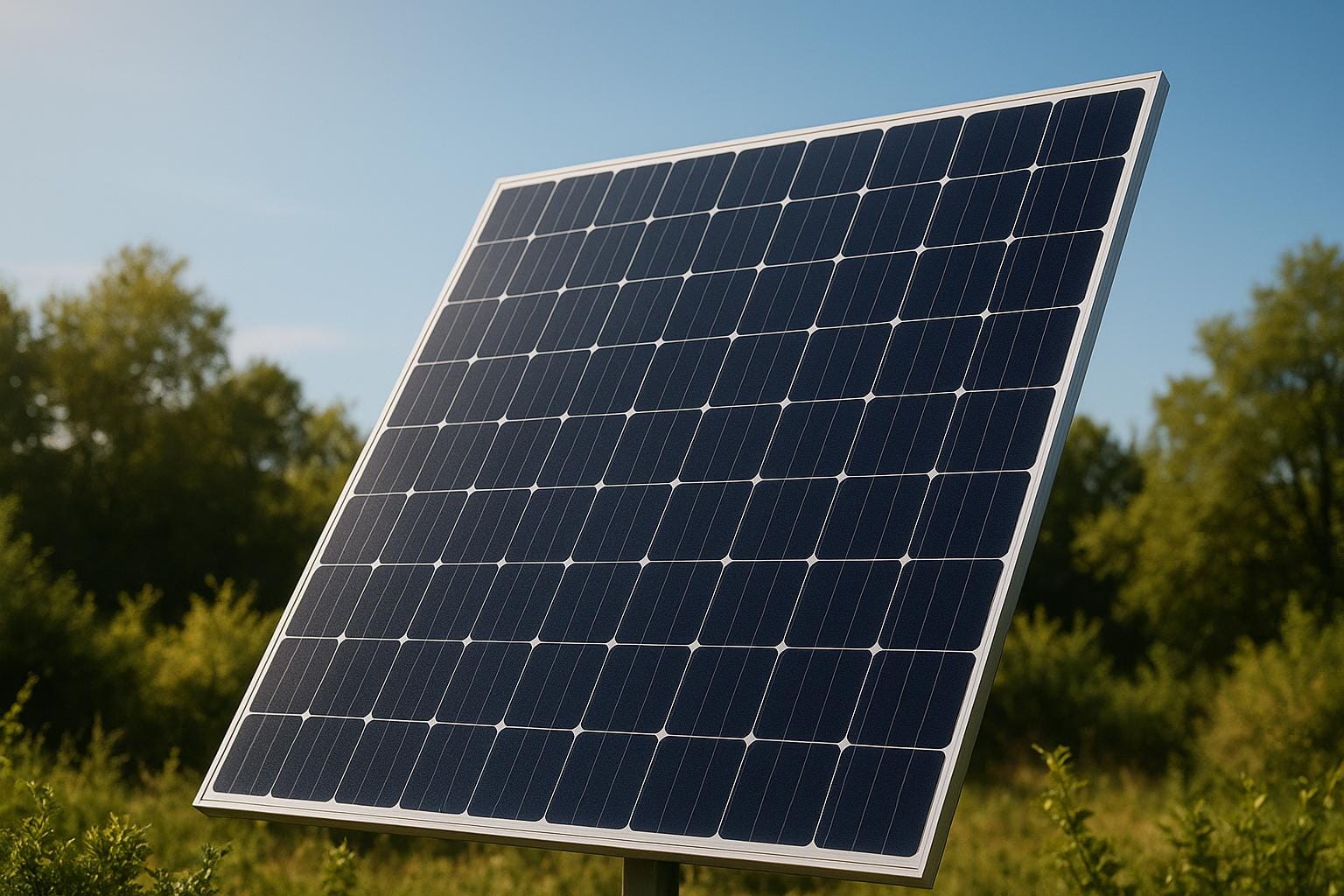Solar Panel Efficiency Converter
Calculate solar panel efficiency easily! Enter wattage and dimensions to compare models and see how they stack up against industry standards.

Understanding Solar Panel Performance with Our Calculator
When investing in solar energy, knowing how well a panel converts sunlight into power is key to getting the most bang for your buck. That’s where a tool like our Solar Panel Efficiency Converter comes in handy. It takes basic inputs—wattage and dimensions—and turns them into a clear percentage that shows how effective a panel is under standard conditions. This isn’t just for tech-savvy folks; it’s built for anyone curious about renewable energy options.
Why Efficiency Matters
The percentage you get reflects how much of the sun’s energy becomes usable electricity. Most modern panels hover between 15-20%, but small differences can add up over time, especially for larger installations. Comparing models with a solar performance calculator helps you spot which ones punch above their weight, potentially saving you money on energy bills. Plus, it’s a quick way to see if a pricier option is worth the splurge.
Beyond the Numbers
Remember, though, that lab numbers don’t tell the whole story. Factors like weather or shading play a big role in daily output. Still, starting with a solid benchmark empowers you to ask better questions when shopping for green energy solutions.
FAQs
What does solar panel efficiency actually mean?
Great question! Solar panel efficiency is the percentage of sunlight that a panel converts into usable electricity. For example, if a panel has 18% efficiency, it turns 18% of the sun’s energy hitting it into power. Most panels today fall between 15-20%, with higher numbers meaning better performance, though cost often goes up too. Our tool breaks this down so you can see how your panel measures up.
Why does my panel’s efficiency differ from the tool’s result?
That’s completely normal. Our tool uses standard test conditions (1000 W/m² of sunlight) to calculate efficiency, but real-world factors like temperature, shading, dirt on the panel, or even the angle of installation can lower output. Think of this as a baseline—your actual results might vary a bit depending on your setup and location.
Can I trust this tool when comparing solar panels?
Absolutely, though it’s a starting point. This tool gives you a solid comparison based on wattage and surface area under ideal conditions. It’s perfect for narrowing down options or understanding specs. Just keep in mind that efficiency isn’t the only factor—durability, warranty, and installation costs matter too. Use this as part of your research, and you’ll be on the right track!

